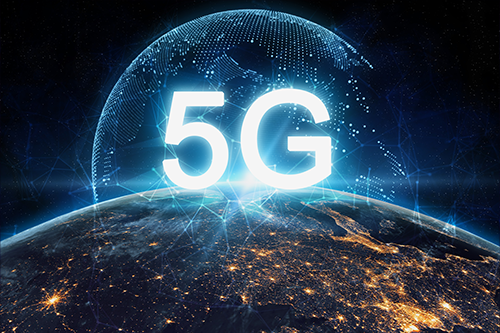
The advent of 5G technology has ushered in a new era of connectivity, promising lightning-fast speeds and unprecedented data capabilities. While 5G offers a multitude of advantages, it also comes with its own set of challenges, especially when it comes to handling massive amounts of data, such as video streaming, software uploads, and downloads. In this article, we’ll explore the benefits and disadvantages of 5G in data-intensive scenarios, delve into the devices that make the most and least demands on this network, and highlight the importance of a Device Management system like Cradlepoint’s NetCloud for effective data and device management.
Benefits of 5G with Data-Intensive Usage:
- Blazing Speeds: 5G’s faster speeds allow for seamless streaming of high-definition video content and rapid software downloads, enhancing user experiences.
- Low Latency: Reduced latency ensures real-time interactions and smoother video conferencing, benefiting both consumers and businesses.
- Capacity for IoT: 5G can accommodate the growing ecosystem of Internet of Things (IoT) devices, enabling efficient data transfer for smart devices and applications.
Disadvantages of 5G with Data-Intensive Usage:
- Infrastructure Demands: The deployment of extensive 5G infrastructure requires substantial investment and may face regulatory hurdles.
- Network Congestion: In areas with high data demand, network congestion can lead to slower speeds and reduced performance.
- Privacy and Security: With more data flowing through the network, concerns about privacy and cybersecurity become more significant.
Devices that Use the Most Data:
- Smartphones: With their multimedia capabilities, smartphones are among the top data consumers, especially for video streaming.
- Laptops and PCs: These devices frequently require substantial data for software updates and large file transfers.
Devices that Use the Least Data:
- IoT Devices: Many IoT devices, like smart sensors, use minimal data for periodic transmissions, conserving network resources.
- Basic Phones: Traditional cell phones with limited data functions consume the least data.
The Role of Device Management:
Managing the diverse range of devices and data usage on a 5G network can be a daunting task. This is where Device Management systems like Cradlepoint’s NetCloud come into play:
- Visibility and Control: NetCloud provides real-time visibility into device usage, allowing administrators to monitor and control data consumption.
- Optimized Performance: It ensures that critical applications and devices receive priority, optimizing network performance.
- Security: NetCloud offers robust security features to protect against cyber threats, safeguarding both devices and data.
- Cost Efficiency: By effectively managing data usage, organizations can control costs and prevent unexpected overages.
In conclusion, 5G technology offers a plethora of benefits for data-intensive applications but also presents challenges related to infrastructure, network congestion, and security. Managing these complexities is crucial, and Device Management systems like Cradlepoint’s NetCloud play a pivotal role in optimizing data usage, ensuring security, and enhancing the overall 5G experience. As we continue to embrace the potential of 5G, effective management will be key to reaping its rewards while mitigating its challenges.

